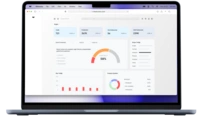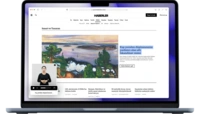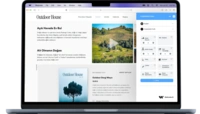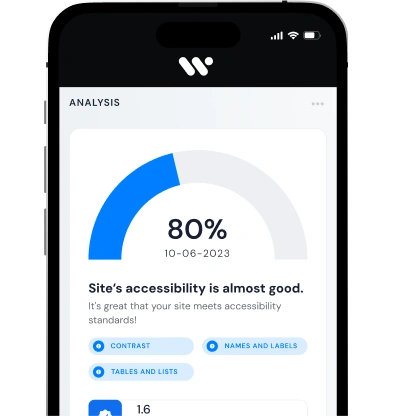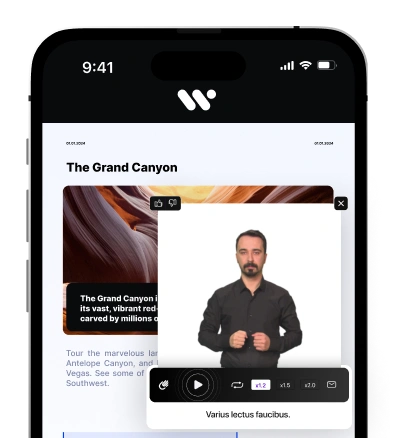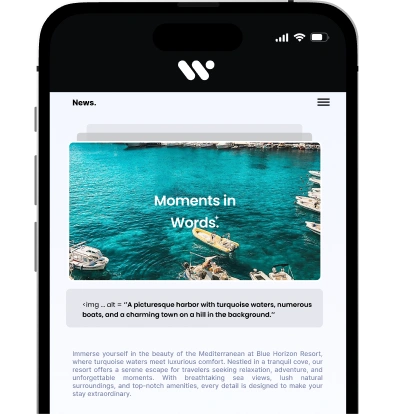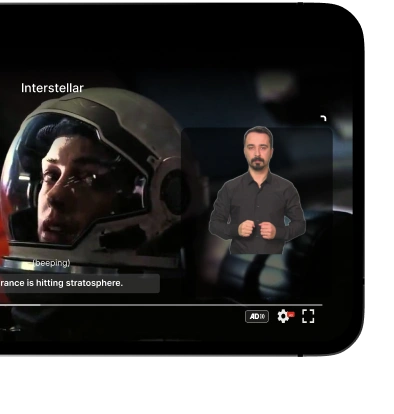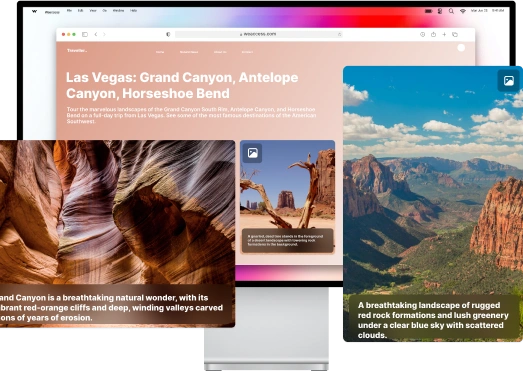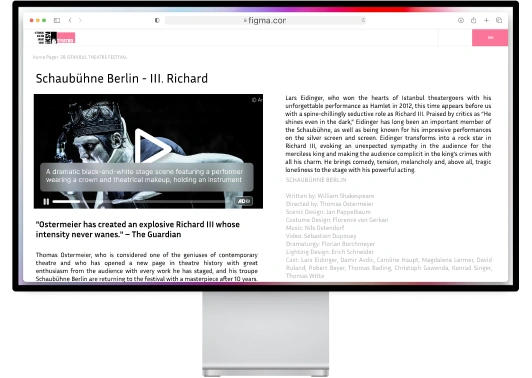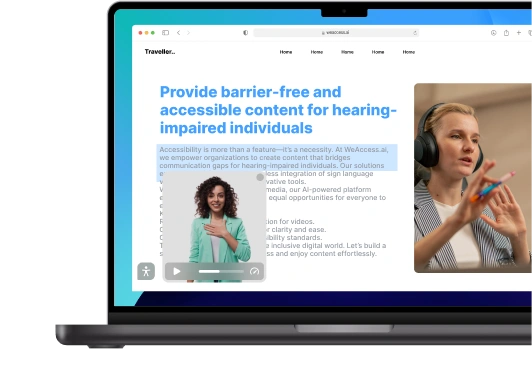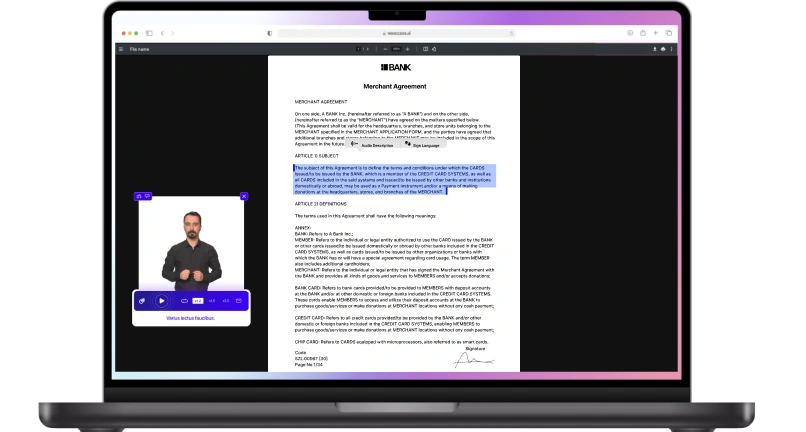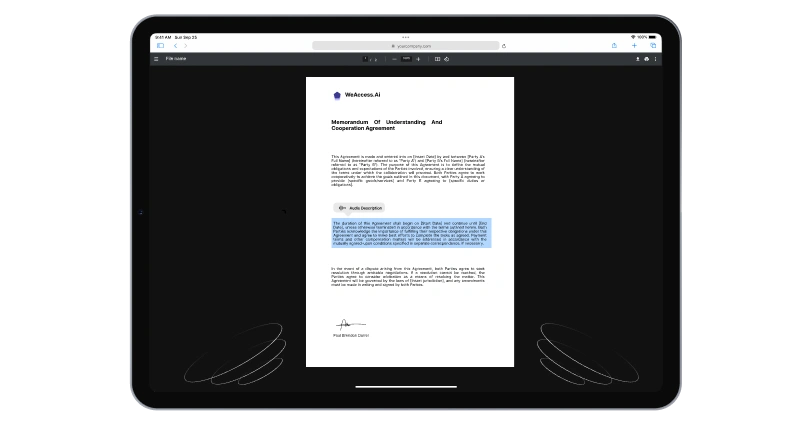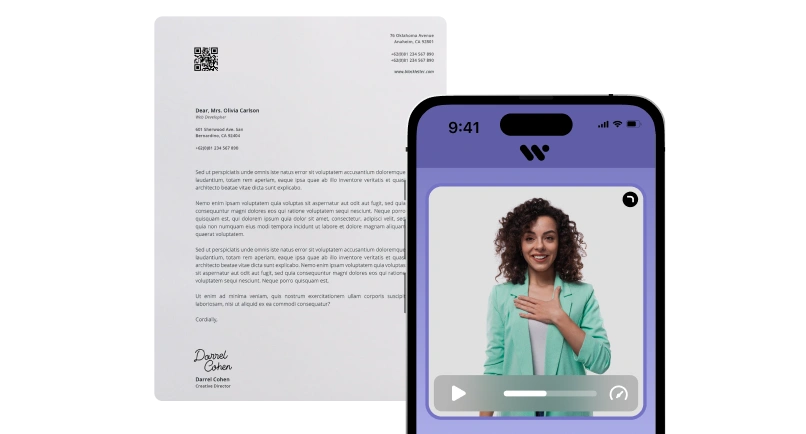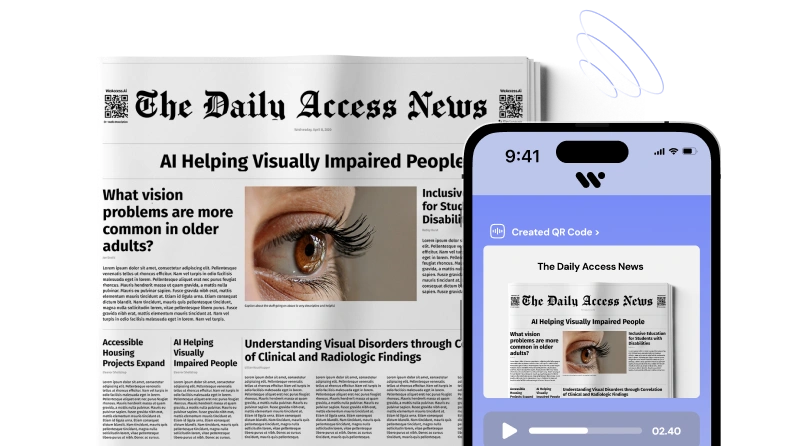Education Accessibility
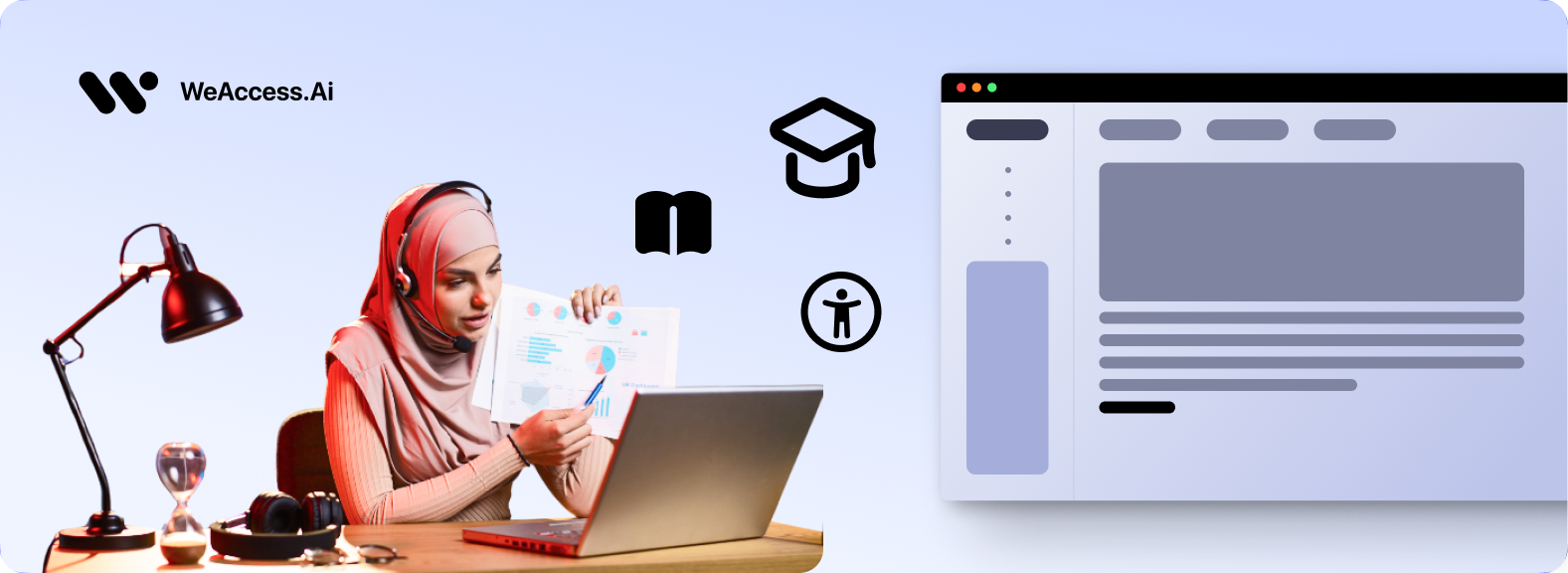
introduction
In today's world, education serves as the foundation for personal and professional growth. However, to ensure equitable opportunities for all students, it is essential to prioritize accessibility in education. Accessibility refers to the provision of inclusive and barrier-free learning environments that cater to the diverse needs of students, including those with disabilities. In this post aims to explore the significance of accessibility in education and discuss various strategies and tools that can be implemented to make education more accessible for all learners.
Understanding Accessibility in Education
Defining Accessibility
- Accessibility refers to the design and implementation of educational systems and practices that eliminate barriers and enable all students to fully participate in learning activities.
- It encompasses physical, digital, and instructional aspects of education to ensure equal opportunities for students with disabilities and diverse learning needs.
Importance of Accessibility in Education
making education more accessible
Improving accessibility in education is crucial because it allows every individual, regardless of their background or abilities, to have equal opportunities to learn and succeed. By removing barriers and providing necessary support, we create an inclusive educational environment that fosters the growth and development of all students.
- Equity: Accessibility promotes equal access to educational opportunities for all students, irrespective of their physical or cognitive abilities.
- Inclusion: By embracing accessibility, educational institutions foster a sense of belonging and value diversity among their student population.
- Empowerment: Accessible education empowers students to reach their full potential, enabling them to contribute meaningfully to society.
Enhancing Accessibility in Schools
Physical Accessibility
- Wheelchair ramps, elevators, and accessible restrooms to ensure students with physical disabilities can navigate school premises independently.
- Visual and auditory aids, such as sign language interpreters, captioning, and assistive listening systems, to cater to students with hearing or visual impairments.
Inclusive Instructional Practices
- Universal Design for Learning (UDL) principles that provide multiple means of representation, engagement, and expression to accommodate diverse learning styles.
- Differentiated instruction techniques to adapt teaching methods, materials, and assessments to meet individual student needs.
Assistive Technology
- Speech-to-text software, screen readers, and magnification tools to assist students with visual impairments or learning disabilities.
- Alternative input devices (e.g., adaptive keyboards, switches) for students with limited motor skills, ensuring their active participation in educational activities.
Making Online Learning Accessible for Students with Disabilities
Captioning and Transcripts
- Providing closed captions and transcripts for audio and video content to support students with hearing impairments or those who prefer text-based learning.
Screen Reader Compatibility
- Designing online platforms and learning management systems that are compatible with screen readers, enabling visually impaired students to access digital content.
Flexible Formats
- Offering educational materials in multiple formats, such as PDF, HTML, and ePUB, allowing students to choose the format that best suits their needs.
Importance of Accessibility for Students with Disabilities
- Equal Opportunities: Accessibility ensures that students with disabilities have the same access to educational resources, reducing barriers to their academic success.
- Engagement and Participation: Accessible learning environments foster active engagement and participation, enhancing the learning experience for all students.
- Self-Advocacy and Independence: Accessible education empowers students with disabilities to become self-advocates, promoting their independence and self-confidence.
Access to Education Challenges
- Physical Barriers: Inadequate infrastructure, inaccessible classrooms, and lack of accommodations hinder access to education for students with disabilities.
- Limited Resources: Insufficient funding and support systems restrict the availability of accessibility tools and services in educational institutions.
- Attitudinal Barriers: Negative attitudes, stereotypes, and stigmatization can create barriers for students with disabilities, limiting their access to quality education.
which students with disabilities should benefit from digital accessibility solutions ?
Digital accessibility is important for all students, regardless of whether they have a disability or not. However, there are some students who may benefit from digital accessibility tools and strategies more than others. These include students with:
Visual impairments: Students who are blind or have low vision may need tools like screen readers, magnification software, and high-contrast color schemes to access digital content.
Auditory impairments: Students who are deaf or hard of hearing may need tools like closed captioning, transcripts, and CART (Communication Access Realtime Translation) services to access digital content.
Physical impairments: Students who have mobility impairments may need tools like keyboard shortcuts, voice recognition software, and large-print keyboards to access digital content.
Cognitive impairments: Students who have learning disabilities or other cognitive impairments may need tools like text-to-speech software, adjustable reading levels, and timers to help them learn and participate in digital learning activities.
In addition to these specific disabilities, any student who has difficulty accessing digital content for any reason may benefit from digital accessibility tools and strategies. For example, a student who is struggling to read small text on a screen may benefit from using a screen reader or magnification software.
It is important to note that digital accessibility is not just about providing tools for students with disabilities. It is also about designing digital content in a way that is accessible to everyone. This means using clear and concise language, providing alternative text for images, and making sure that all interactive elements are accessible.
By making digital content accessible, we can ensure that all students have the opportunity to learn and participate in digital learning activities. This is important for educational equity and for ensuring that all students have the opportunity to succeed.
Here are some examples of digital accessibility materials that can be used in education
Screen readers: Screen readers are software programs that read aloud the text on a computer screen. This allows blind and visually impaired students to access digital content.
Magnification software: Magnification software enlarges the text and images on a computer screen. This allows students with low vision to access digital content.
Closed captioning: Closed captioning provides a text transcript of the audio in a video or audio recording. This allows deaf and hard of hearing students to access digital content.
Transcripts: Transcripts provide a written version of the spoken text in a video or audio recording. This can be helpful for students who have difficulty understanding spoken language.
CART (Communication Access Realtime Translation): CART services provide real-time transcription of spoken language. This allows deaf and hard of hearing students to participate in live discussions and lectures.
Keyboard shortcuts: Keyboard shortcuts allow users to access different features and functions of a computer without using a mouse. This can be helpful for students with physical impairments who have difficulty using a mouse.
Voice recognition software: Voice recognition software allows users to control a computer by speaking. This can be helpful for students with physical impairments who have difficulty using a mouse or keyboard.
Adjustable reading levels: Adjustable reading levels allow users to change the font size, line spacing, and other text formatting features. This can be helpful for students who have difficulty reading small text or who need to adjust the text to their specific needs.
Timers: Timers can be used to help students stay on task or to break down large tasks into smaller, more manageable chunks. This can be helpful for students with attention deficit hyperactivity disorder (ADHD) or other cognitive impairments.
Conclusion
Enhancing accessibility in education is not merely a legal obligation but a moral imperative. By fostering inclusive environments and employing accessible tools, educational institutions can empower all learners, regardless of their abilities or disabilities. Prioritizing accessibility enables students to thrive academically, emotionally, and socially, equipping them with the skills necessary to lead fulfilling lives. By working towards a truly inclusive educational landscape, we can pave the way for a more equitable and just society.
FAQ Question
1-Why is accessibility important?
Accessibility is important because it ensures that individuals with disabilities have equal access to information, services, and opportunities. It promotes inclusivity and allows people with visual, hearing, motor, or cognitive impairments to navigate and interact with websites, digital content, and physical spaces.
2-How do you ensure accessibility in the classroom?
One way to ensure accessibility in the classroom is by providing accommodations and assistive technologies to students with disabilities. This may include accessible seating, ramps or elevators for students with mobility impairments, and specialized tools such as screen readers or captioning services for students with visual or hearing impairments.
3-What is academic accessibility?
Academic accessibility refers to the practice of ensuring that educational institutions, materials and processes are inclusive and accessible to all individuals, including those with disabilities. It includes removing barriers and providing accommodation to provide equal opportunities for learning and participation.
4-why is accessibility important in education ?
Accessibility in education is important because it ensures that all students, regardless of their abilities or disabilities, have equal opportunities to learn and succeed. It promotes inclusivity, breaks down barriers, and allows students to fully engage in educational experiences, fostering a more equitable and diverse learning environment.
5-how to make education more accessible ?
The availability of websites in the education sector facilitates the access of students with disabilities to educational materials and offers equal educational opportunities. Artificial intelligence-based accessibility tools become a powerful tool to organize websites of educational institutions and to provide seamless access to the education of students with disabilities.


 Web Accessibility Suite
Inclusive, accessible web for all.
Web Accessibility Suite
Inclusive, accessible web for all.


 Mobile Accessibility Suite
Smooth access on mobile devices.
Mobile Accessibility Suite
Smooth access on mobile devices.


 Media Accessibility Suite
Accessible videos and images for all.
Media Accessibility Suite
Accessible videos and images for all.


 Document Accessibility Suite
Accessible PDFs for all.
Document Accessibility Suite
Accessible PDFs for all.


 Printed Content Accessibility Suite
Accessible print, audio description, voiceover, & sign language support.
Printed Content Accessibility Suite
Accessible print, audio description, voiceover, & sign language support.

